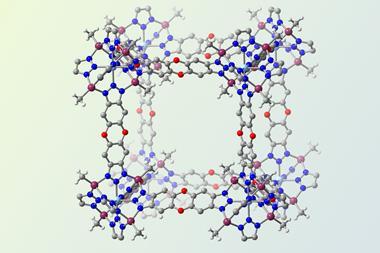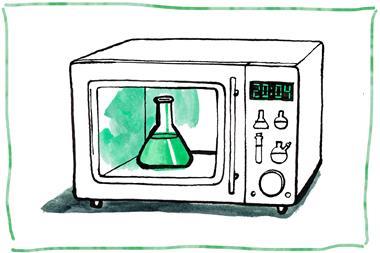Carbon has the highest melting point of all the elements. Previous studies had predicted that graphene – the most thermally stable form of carbon – could melt at 4510K,1 but new work from Eric Ganz at the Minnesota Supercomputing Institute at the University of Minnesota, US, predicts that the initial stages of melting aren’t seen until at least 5000K (4726.85°C).2
Diffusion events and ‘5775 defects’ – when four six membered rings distort to create a combination of five and seven membered rings – are predicted after 20ps at 5000K. As the temperature increases, oscillations and out-of-plane motion increases, and at 6000K the monolayer takes 7ps to turn into loosely coupled 1D double-bonded chains.
But how hot is 6000K? Well, lava is only 1200K. Diamonds melt at 3550K. The surface of the sun is reported to be 5778K but this is still not hot enough to melt graphene.
This incredible thermal stability and its intrinsic conductivity confirm graphene as a remarkable material with new potential applications in space science.
References
1. J H Los et al, Phys. Rev. B, 2015, 91, 45415 (DOI: 10.1103/PhysRevB.91.045415)
2. E D Ganz et al, Phys. Chem. Chem. Phys., 2017, DOI: 10.1039/c6cp06940a (This article is free to access until 14 March 2017.)






















No comments yet